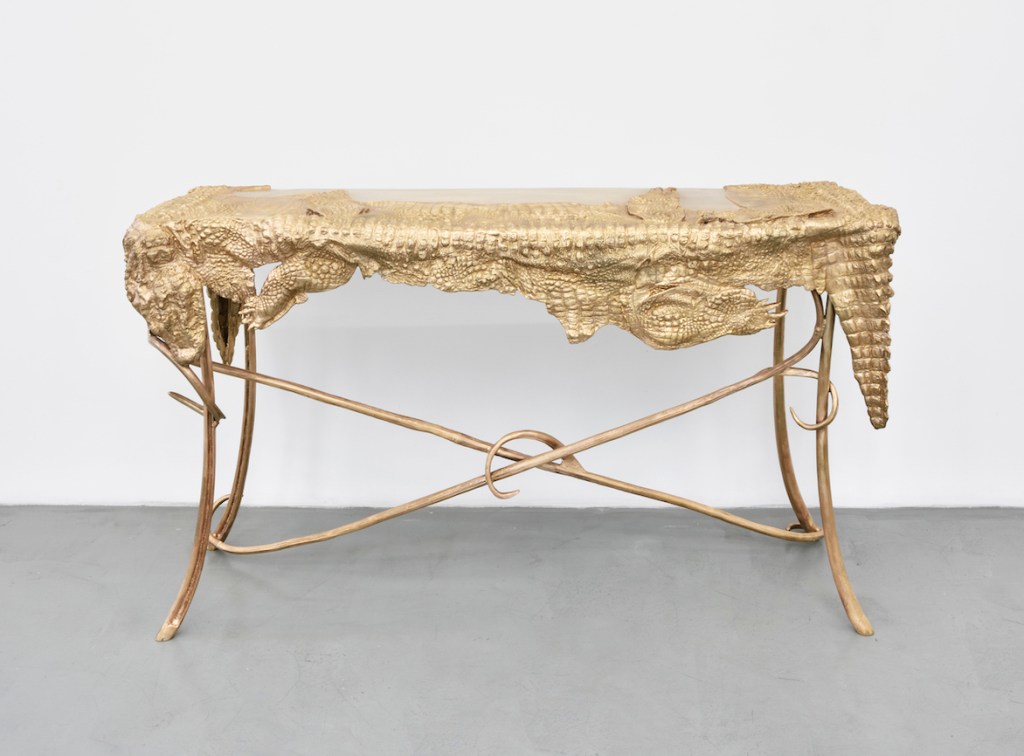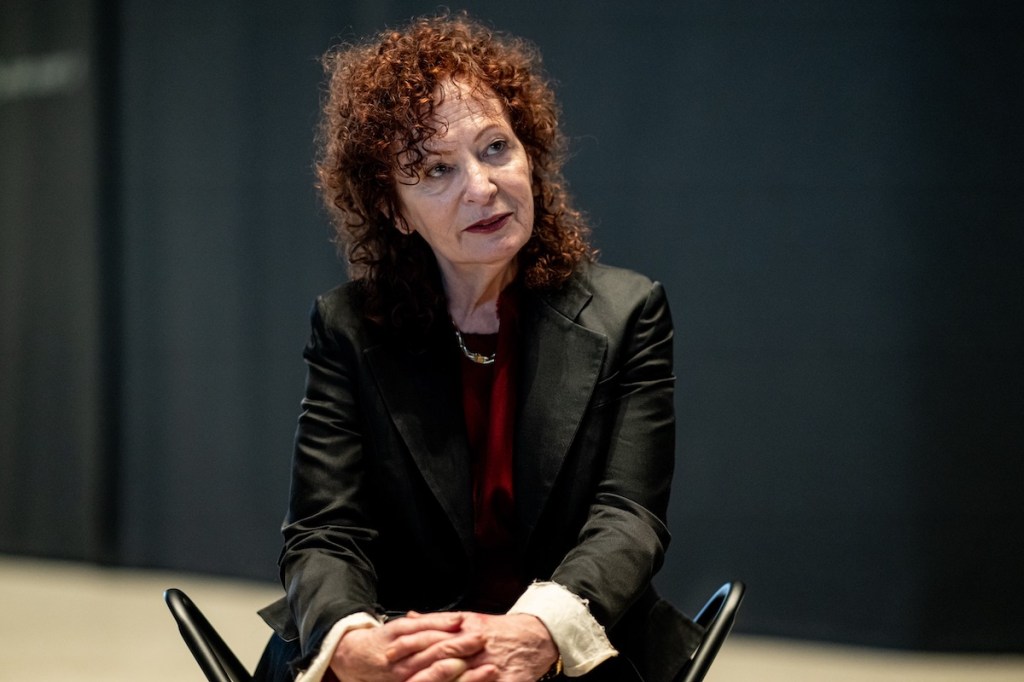In a cozy booth across the one of the six restaurants at TEFAF Maastricht, the art fair organized by the European Fine Art Foundation, BIll Rau, a New Orleans-based art, antiquities, and jewelry dealer, was talking about his most recent sale. The buyer, he told ARTnews, was considering Head of a Fisherman, an 1883 pencil and black lithographic crayon work by Vincent Van Gogh.
“The gentleman was trying to get me to lower the price, he said ‘well, you know, it’s not that good’…then the director of the Van Gogh Museum walked up and started talking about how good the drawing was,” Rau explained. The man didn’t negotiate any further.
That’s the kind of thing that happens at TEFAF. Multiple dealers said that, while people often focus on big money sales at Frieze or Art Basel, the Maastricht fair is where you are most likely to find top brass from institutions from across the globe.
Rau’s booth alone could have been a room in the Metropolitan Museum. The highlight, which had been put on hold by midday on Friday, the second VIP day, was another Van Gogh, Tête de paysanne à la coiffe blanche (1884), which was priced at $5.5 million. A dynamic pastel work by Degas that not long ago was given its own room while on loan to the J. Paul Getty Museum, Ukrainian Dancers (1899), was priced at around $20 million. Seven of the works Rau brought had sold by the second VIP day.

Vincent van Gogh, Head of a Fisherman (1883)
But TEFAF isn’t just about mega-sales. More than any other fair, TEFAF is about art history. The vast majority of the dealers participating specialize in antiquities, antiques, or works on paper. Among the highlights from the opening day was an Imperial cameo depicting Agrippa Postumus, the adopted son of the Roman emperor Augustus from around 37-41 AD, made from white on brown-layered sardonyx and set in an English gold mount and surrounded by glimmering semi-precious stones presented by Galerie Chenel. Another, at antiquities dealer Charles Ede’s booth, was a black terracotta amphora from the around 530 BC decorated with the story of Hercules.
Ede had another booth, with art dealer Sean Kelly, that really captured the spirit of what is possible only at TEFAF. The two dealers collaborated on a booth in the fair’s newly inaugurated Focus section, which “provides galleries with a unique curatorial platform to delve more deeply into the work of a single artist or concept.” Kelly and Ede took the mandate to heart.
The booth, which seems to exist both in and out of time, is anchored by a selection of Greek black and red vases provided by Ede. The Mexican designer Gloria Cortina used those vases as an inspiration for two chairs and two tables made of black, red, or white Onyx, made specifically for the show. On the walls are new works by the Scottish artist Callum Innes made in response to Ede’s vases and Cotina’s topographic furniture.

Sean Kelly at TEFAF Maastricht 2024, March 9-14, 2024, Maastricht, Netherlands, MECC, Stand 461 and Focus Booth 702, Photo: Jaron James, Courtesy: Sean Kelly New York/Los Angeles.
One of Cortina’s tables, a multi-surfaced wonder that looks like a zoomed in section of a key that could only unlock a supernaturally large door, sat five of Ede’s black jars, footed bowls, and vases. Behind it was one of Innes’s paintings, a delicate purple square. “So this vignette, the abstract art, the Antiquities and contemporary designs, all in one, and the beauty is that the in the intention of creation is the same throughout the 3000 years represented, maybe just a little more efficient now.”
In a way, this is a year of firsts for TEFAF Maastricht. Having only started showing contemporary art in the last few years, the fair is now 30 percent modern and contemporary exhibitors. It is Rau’s first year at the fair and the first year of their Focus section. Galerie Mitterand, also in the Focus section, was exhibiting for the first time in Maastricht, after their presentation last year at the fair’s New York iteration. Mitterand, though a newcomer, had its fair share of interest in large part because they represent Claude and François-Xavier Lalanne, the design duo beloved by collectors and fashionistas on both sides of the Atlantic. A standout in the booth was the “Crocodile desk” Claude made in 2007 for the clothing designer Tom Ford, a wonderful example of Lalanne’s affinity with surrealist and naturalistic themes. Why did they come to Maastricht?
“When you do a modern and contemporary art fair, you see all the same people,” gallery director Sébastien Carvalho told ARTnews. “This fair, people who are interested in jewelry, in classics. And they come to this small town from everywhere in the world. And all of these people, the is something in Lalanne that can speak to them.”
Carvalho’s sentiment was restated by Adam Douglas, a senior specialist at the London-based rare book dealer Peter Harrington. “You see a lot of the same people at book fairs,” Douglas told ARTnew. “It’s always nice to be in an atmosphere where there are a lot of different choices. It keeps the interest piqued and the mind fresh.”
Among the treasures in their booth was the first edition of what the gallery called “the first modern atlas in the world.” Based on the maps first compiled by Ptolemy, this first edition of 27 maps is supplemented by 20 “new” maps based on then contemporary explorations. The book was published in 1513, when means those “new” maps contain the some of the first maps of America in print. The source of the maps of the new world?
“It was probably Christopher Columbus. It could have been Vespucci, but it was much more likely Columbus,” Douglas said, pointing to a clearly defined Hispaniola on the far left of the map.
The over 500-year-old map was covered with regions, countries, and cultures represented at the fair. It served as a tidy short-hand for TEFAF, which seems to have acknowledged that a diversity of exhibitors, guests, and works is the fair’s greatest strength.










